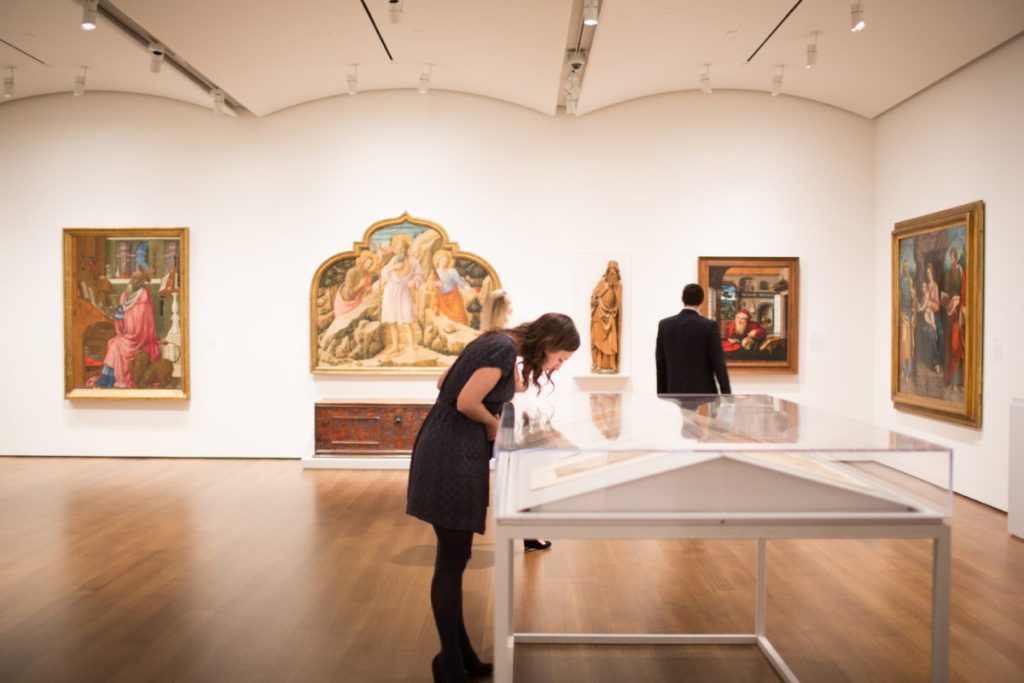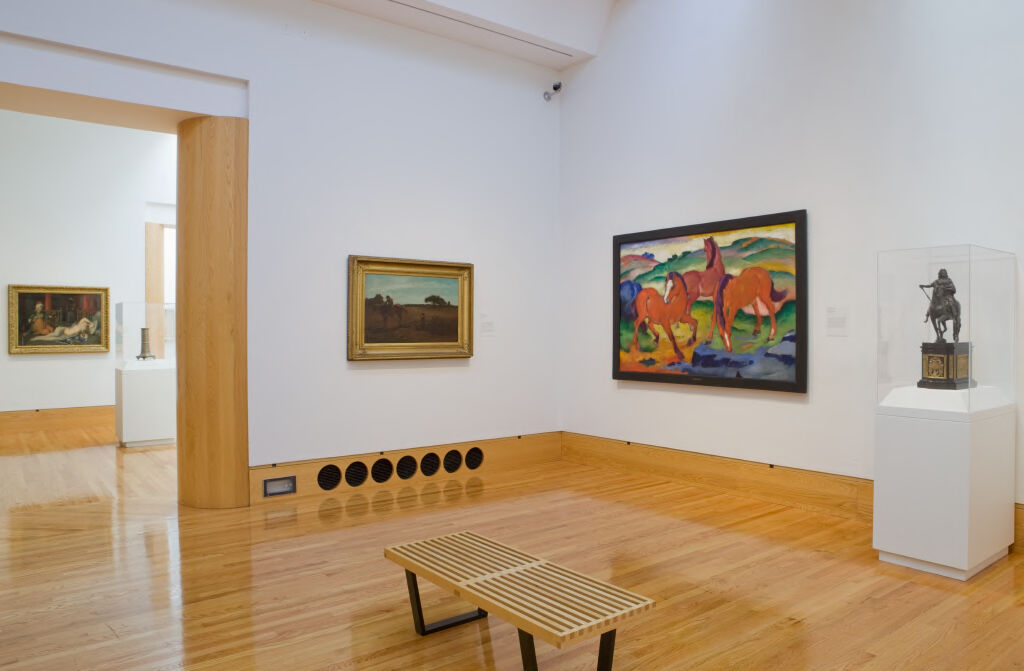The Harvard Art Museum is a beacon of artistic inquiry and cultural legacy in Cambridge, Massachusetts. This institution, which is well-known for its extensive collections covering many eras and civilizations, provides visitors with an insightful tour through the realm of art. Every exhibit showcases diverse human artistic expression, from historical sculptures to modern masterworks. Beyond its outstanding collection, the museum exemplifies innovative architecture, combining contemporary and historic elements.
History of Harvard Art Museum
The evolution of Harvard University and the expansion of its art holdings are intimately linked to the history of the Harvard Art Museum. Among the three museums comprising the Harvard Art Museums, the Fogg Museum was the earliest, established in 1895 by Harvard professor Charles Eliot Norton. It was started to give students easy access to unique artwork for inspiration and study. American and European art constituted the bulk of the first collection.
Founded as the Germanic Museum in 1903, it was renamed the Busch-Reisinger Museum in recognition of its principal sponsors. Its original concentration was on art from German-speaking nations, but it has now broadened to include more modern and European art. The Harvard holdings of ancient, Asian, Islamic, and subsequently Indian and Southeast Asian art were initially kept at the Sackler Museum, founded in 1985. It bears the name Arthur M. Sackler, the art collector and philanthropist.

Harvard announced combining the Fogg, Busch-Reisinger, and Sackler museums into a single, integrated facility. Renowned architect Renzo Piano designed the new building to improve the collections’ visibility, usability, and accessibility. The Harvard Art Museums reopened in 2014 after the renovation and extension project was finished. The new building houses Harvard’s vast art holdings under one roof, including cutting-edge exhibition spaces, study centres, conservation labs, and instructional facilities.
In terms of art teaching, research, and public involvement, the Harvard Art Museums have been essential. They continue to draw students, academics, and art enthusiasts worldwide as a centre for intellectual research, conservation initiatives, and cultural enrichment.
Art at Harvard Art Museums
Ancient and modern artworks are housed in the museum’s vast and varied collections. This collection offers a global perspective on human artistic expression by incorporating pieces from different civilizations and geographical areas. One of the most prominent academic institutions in the world, Harvard University, has strong ties to the Harvard Art Museums. Because of this, they are a vital resource for scholarly study, teaching, and learning in art history, archaeology, and conservation.
In a building created by renowned architect Renzo Piano, the Fogg Museum, Busch-Reisinger Museum, and Arthur M. Sackler Museum were combined in this project. The architectural design has received praise and recognition in and of itself. The museums are actively engaged in the scientific study of artworks and art conservation—their facilities and laboratory support developments in conservation methods and the knowledge of art materials. The Harvard Art Museums are accessible to the general public in addition to academics, offering chances for interaction with art through exhibitions, talks, workshops, and other educational initiatives. They are critical in promoting cultural awareness and appreciation in the larger community.
The internationally recognised art collections of the Fogg Museum, the Busch-Reisinger Museum, and the Arthur M. Sackler Museum are the source of the artwork on exhibit in the Collections Galleries. About 250,000 pieces from antiquity are housed in these collections; items originate from the Americas, Europe, North Africa, the Mediterranean, and Asia.
The 35,000 square foot Collections Galleries are housed on three floors of the newly constructed building and arranged historically and culturally. They will offer an orientation framework to students and other audiences as launching pads and places of departure for individual investigation and critical analysis of creative works of art. These galleries emphasise the inherent value of art and how, particularly in an academic setting, it may serve as a different kind of inquiry engine than a written essay or mathematical formula. Key ideas and claims sparked by the particular artwork in each gallery—from the Art of Eternity in Ancient Egypt to the Atlantic World of the 18th century to the Experiment of the 1960s—are explained in introductory writings.

Curatorial libraries and unique object files that record the particular history of the items in the collections and expert opinions are research resources available for consultation. Curators can also be consulted by scholars and students with specific research queries on the artwork under their care. Appointments can be made to consult curators, curatorial libraries, and item files.
Complex and nuanced research display projects will be able to be presented in the 5,000-square-foot Special Exhibitions Gallery. Curators will add to current studies and generate new knowledge in this gallery to further the field. The ideation, creation, and execution of these initiatives will involve academic staff and students. A sizable publication, interpretive resources in print and online format, and stimulating programming will typically support it. Additionally, this gallery will host significant loan shows from international venues.
The museum environment encourages interdisciplinary thinking and active learning because it pushes educators and students to create interpretations based on facts and to draw connections between different eras and cultures. The collections and exhibitions of the Harvard Art Museum stimulate teaching and research initiatives across disciplines. To determine how the museum might best support course aims, museum staff—which includes educators, curators, conservators, conservation scientists, technicians, and others—regularly consult with professors and teaching fellows.
What Makes Grandma Moses’ Folk Art and Paintings So Beloved and Timeless?





